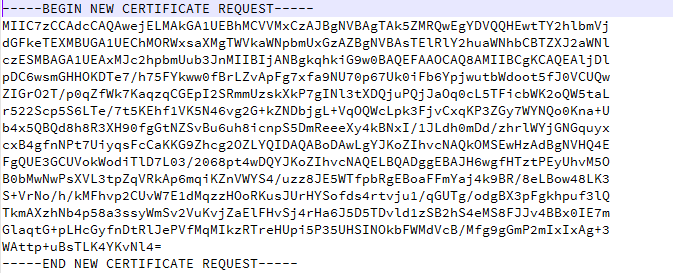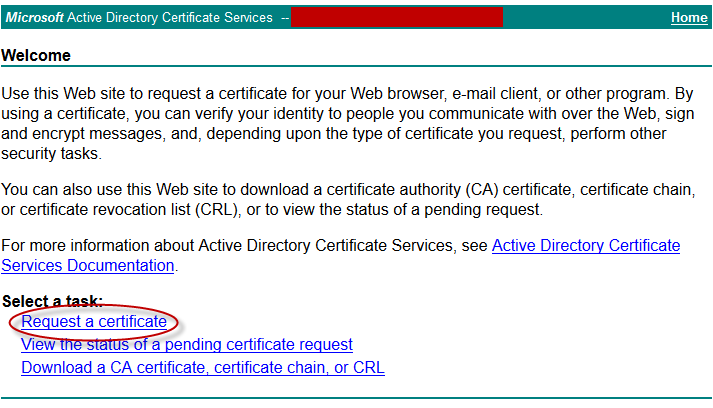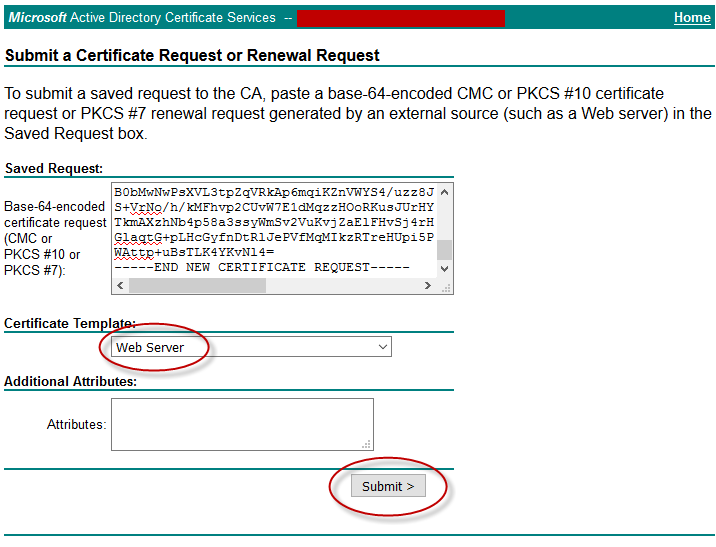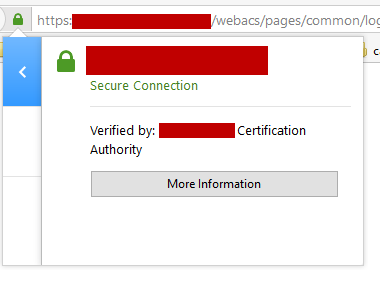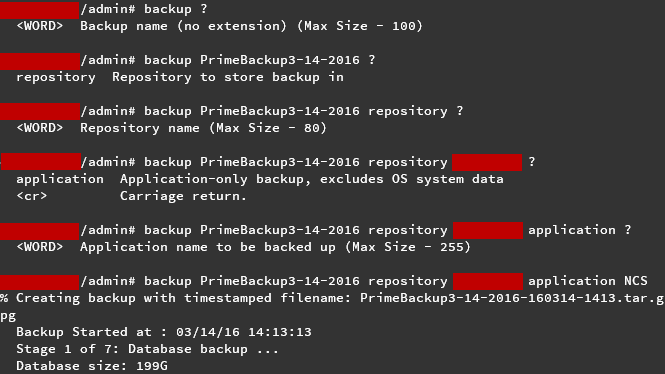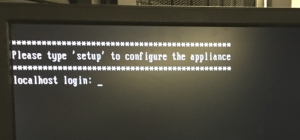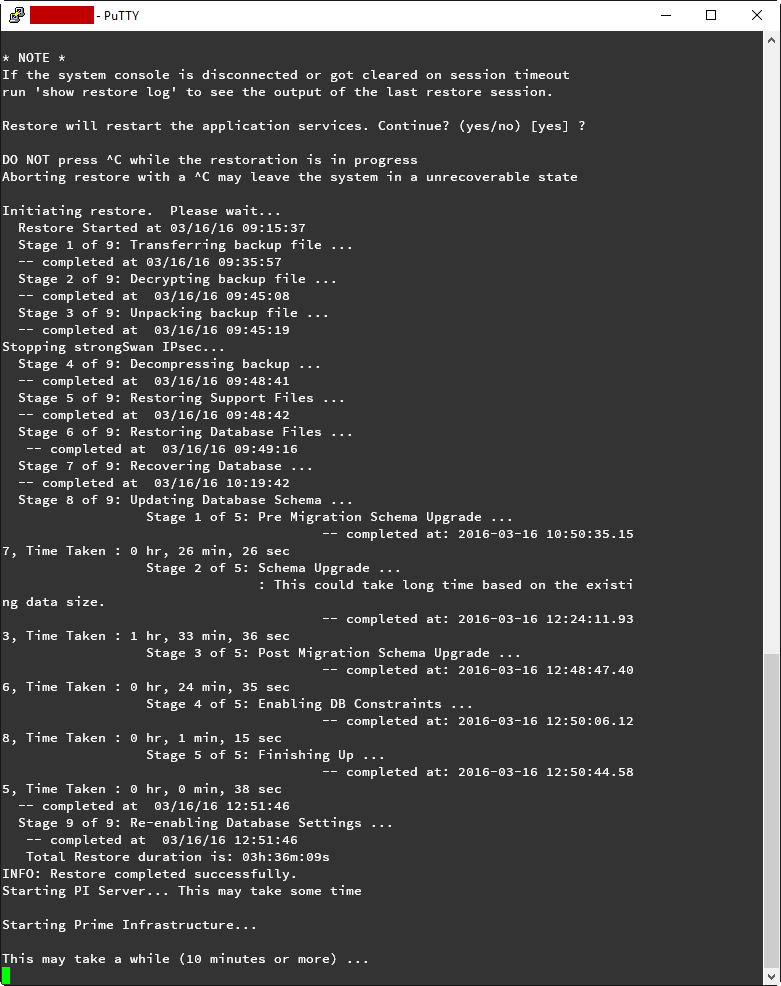After following the Prime Infrastructure upgrade path to 2.2 you’ll need to re-issue CA signed certificates. Unfortunately, this can’t be accomplished from the Web GUI and will need to be done via the CLI.
Here’s Cisco’s documentation for installing CA-Signed Certificates and the steps I used to import a new certificate from our Active Directory Certificate Services server.
- First you’ll want to SSH to your Prime Infrastructure server as well as create a FTP server on your workstation. See my previous blog post for instructions how to do so.
- Generate a new CSR file and answer the information prompts
PIServer/admin# ncs key genkey -newdn -csr CSRFile .csr repository defaultRepoThe NCS server is running. Changes will take affect on the next server restart
Enter the domain name of the server: (the fqdn you'll use to access prime from e.g., prime.company.org)
Enter the name of your organizational unit:
Enter the name of your organization:
Enter the name of your city or locality:
Enter the name of your state or province:
Enter the two letter code for your country:
Generating RSA key
- Copy the CSR to your FTP server
PIServer/admin# copy disk: /defaultRepo/ CSRFile.csr ftp://your.ftp.server
- Open your CSR in a text editor, copying the text to your clipboard
- Navigate to your internal CA and click Request a certificate
- Click Submit an advanced certificate request
- Under “Saved Request,”paste your certificate request output from earlier and select the Web Server certificate template. Click Submit
- Download your certificate and copy it to your FTP server directory
- Copy the certificate from the FTP server to the default repository
PIServer/admin# copy ftp://your.ftp.server/CertFile.cer disk:defaultRepo
- Import the certificate into the Prime Infrastructure server
PIServer/admin# ncs key importsignedcert CertFile.cer repository defaultRepo
- Restart Prime Infrastructure
ncs stopncs start
- When the server comes back up, reload the web page and you should notice that the site is now trusted!
